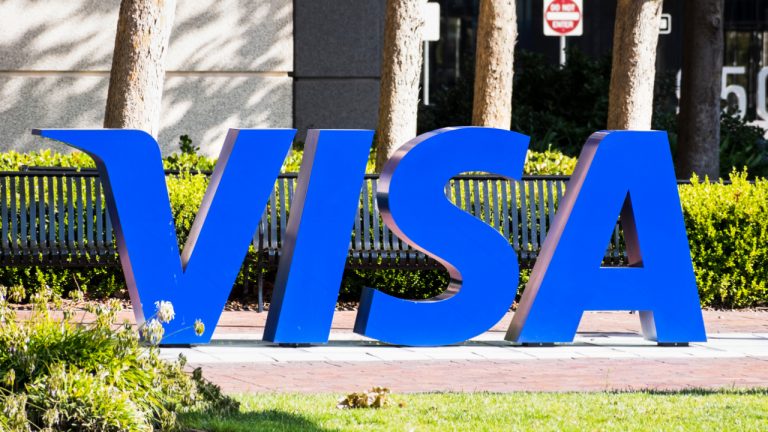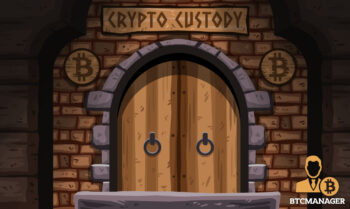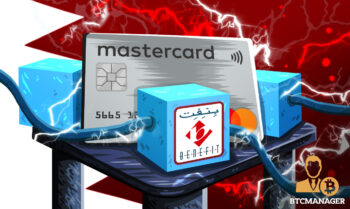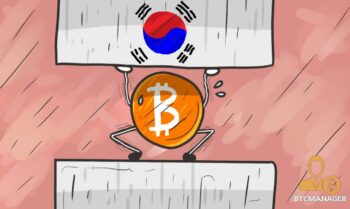2020-9-25 12:23 |
The president and CEO of the Federal Reserve Bank of Cleveland, Loretta J. Mester, revealed plans for a new digital dollar on Wednesday. The plans outline a complete overhaul of the existing system, eliminating commercial banks, and compromising the privacy of individuals.
Digital Dollar for Faster Response to EmergenciesAt the 20th anniversary of the Chicago Payments Symposium, Mester, in her speech titled, “Payments and the Pandemic,” addressed the Fed’s shortcomings in its efforts to revive the economy amid the latest crisis.
Since March 2020, the Fed has injected a vast amount of money into the economy, increasing its assets from $4.1 trillion to $7 trillion.
However, despite the massive scale of the stimuli, significant markers indicate a continued downtrend, as highlighted by negative GDP growth. The annual GDP growth rate of the U.S. for 2020 is -9.1%.
Annual GDP Growth Rate Source: TradingEconomicsThe fall in the GDP further increases the fiscal deficit, as the gap between the intrinsic value of the dollar, i.e., the American economy, and its market value is growing wider. Ultimately, the American dollar is becoming less and less rewarding to hold.
According to many experts, the primary reason for the failed stimulus programs is the delay in the money reaching the people who actually need it.
Looking at its past track records, the citizens who need this money the most have often received the worst service.
By implementing a CBDC, the Fed intends to uphold the dollar’s dominance by ensuring that welfare money reaches the end-customers faster, improves employment rates, and, in turn, greases the wheels of the economy.
Unfortunately, these ambitions come with a host of tradeoffs.
A Threat to Privacy of IndividualsIn the section titled, “Central Bank Digital Currencies,” Mester noted:
“Legislation has proposed that each American have an account at the Fed in which digital dollars could be deposited, as liabilities of the Federal Reserve Banks, which could be used for emergency payments.”
The deposits to these accounts would become active once a recession is triggered, or the situation demands an immediate welfare response, similar to a zero-coupon bond.
Eventually, the proposed currency could become ubiquitous and not just for claiming benefits from the Fed. Such an arrangement threatens to disintermediate commercial banks.
More importantly, Mester also stated that the digital dollar would not be “anonymous” like cash.
It would allow the Fed to monitor the activities of its citizens, and also enable the bank to exercise arbitrary control by freezing accounts of individuals.
Several branches of the Fed spread across different states are gauging the digital dollar plans. Nevertheless, Mester added that “it does not signal any decision by the Federal Reserve to adopt such a currency.”
For enthusiasts, the digital dollar described above could threaten the existing stablecoins and their ideals of decentralized money.
origin »Dollar Online (DOLLAR) на Currencies.ru
|
|

























